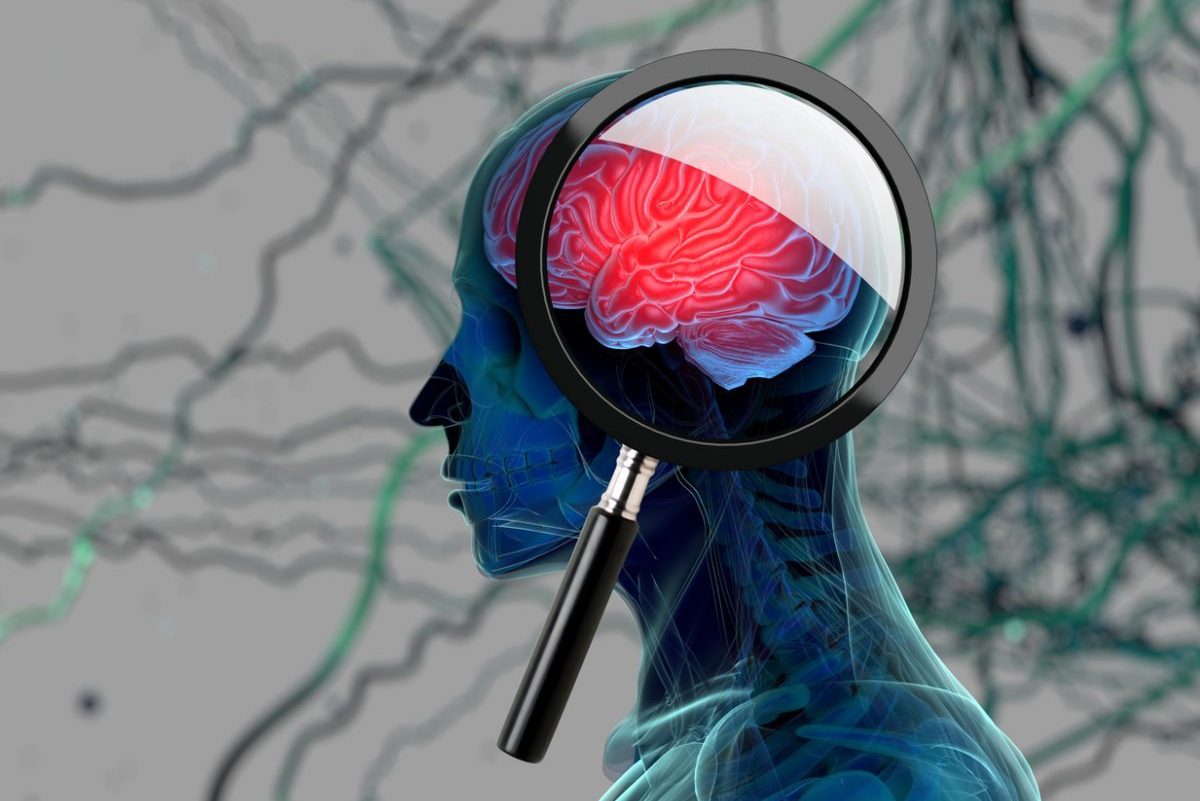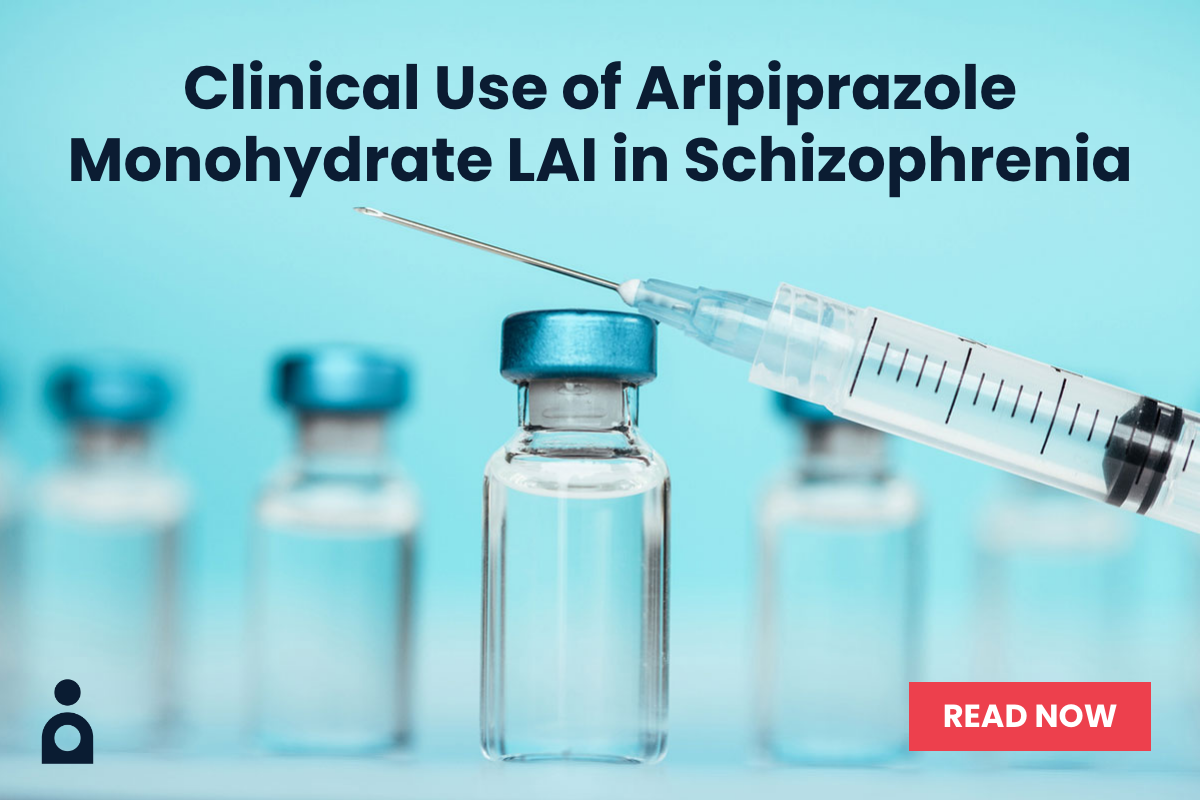Objective: To explore the risk predictors for complex sleep-related behaviors (CSBs) in subjects with a DSM-IV-diagnosed depressive disorder, anxiety disorder, adjustment disorder, somatoform disorder, or sleep disorder taking hypnosedative drugs.
Method: One hundred twenty-five subjects using hypnosedatives were enrolled from the psychiatric outpatient clinics of a medical center in Taiwan from May 2006 to July 2006. All subjects completed a questionnaire that included demographic data, current and childhood sleep habits, and CSBs after taking hypnosedatives. Complex sleep-related behaviors were defined as somnambulism with object manipulation, sleep-related eating, and other amnestic sleep-related behaviors. Demographic and clinical variables were compared in those with CSBs and those without. Then multiple logistic regression analyses were performed in order to identify significant risk predictors for CSBs.
Results: Of the 125 subjects, 19 (15.2%) reported CSBs, all of whom took zolpidem. Among a total of 67 subjects taking zolpidem, those with CSBs were significantly more likely to be younger (P’ ‰=’ ‰.023), to be female (P’ ‰=’ ‰.011), to take a higher dose of zolpidem (>’ ‰10 mg/d; P’ ‰<‘ ‰.001), and to not go to sleep immediately after taking zolpidem (P’ ‰=’ ‰.047). Multiple logistic regression analyses showed that a higher dose of zolpidem (>’ ‰10 mg/d) was the only significant predictor of CSBs (OR’ ‰=’ ‰13.1; 95% CI, 2.6-65.9; P’ ‰=’ ‰.002).
Conclusions: This pilot study suggests that a higher dosage of zolpidem (>’ ‰10 mg/d) is the key risk predictor for CSBs.
J Clin Psychiatry
Submitted: January 27, 2009; accepted May 26, 2009.
Online ahead of print: April 20, 2010 (doi:10.4088/JCP.09m05083bro).
Corresponding author: Tzung-Jeng Hwang, MD, Department of Psychiatry, National Taiwan University Hospital, No. 7 Chung-Shan South Rd, Taipei 100, Taiwan ([email protected]).
Members Only Content
This full article is available exclusively to Professional tier members. Subscribe now to unlock the HTML version and gain unlimited access to our entire library plus all PDFs. If you’re already a subscriber, please log in below to continue reading.
Please sign in or purchase this PDF for $40.00.
Already a member? Login




